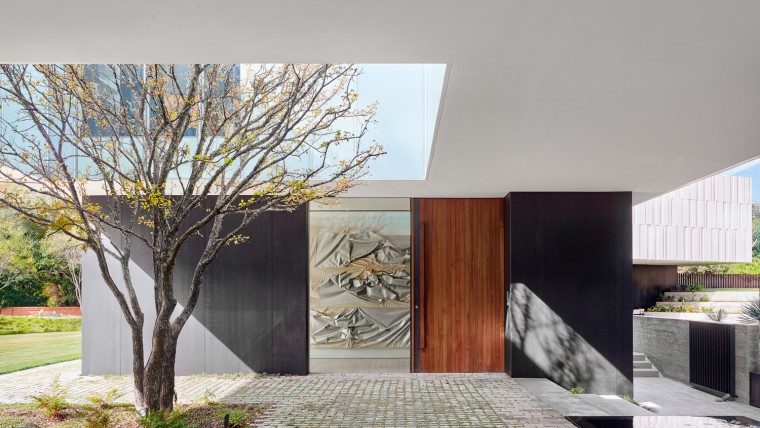One of the more innovative materials being applied to the newest museum on the National Mall is a very thin concrete panel known at TAKTL.
At the African-American Museum of History and Culture, by David Adjaye and Phil Freelon, 35,000 of the strong and lightweight cladding panels are now going up.
“It’s on the porch that spans the full length facing the mall, and on vestibules, terraces and the loading dock,” says Kevin Gannon, TAKTL’s director of business development and project management. “It’s been custom-cast.”
The company was founded in 2010 by Lauren and Roger Flannery, who’d owned Forms+Surfaces for more than 30 years. They focused TAKTL on research and development for two years, then began production in their Pittsburgh plant.
“Since then we’ve completed 90 projects, with another 90 in the hopper,” he says.
Technically, their product is part of the Ultra-High Performance Concrete (UHPC) category of building products, one that’s been used in civil engineering applications for more that 30 years. “What we’ve done is develop our own for architectural applications,” he says. “Ours is tested at 18,000 psi, and we’re focusing on thinner panels.”
TAKTL is made with very fine particles of micro-aggregates – the largest is smaller than the grains of sand in conventional concrete. It’s sourced locally, and the company carefully controls the manufacturing process from raw materials to finished product, ready to hang on a building. They’re a half-inch to three-quarters inch thick, in a standard four-foot by 10 foot panel, though some are five feet by ten.
“We’re casting rather than extruding – it’s quite a different animal compared to what’s available in the market,” he says. “It gives a designer a lot of latitude because it’s so stable and precise in the finish – it marries strength with the aesthetic of almost a ceramic.”
And it’s not just Adjaye and Freelon who’ve recognized its value. On the West Coast, Diller, Scofidio + Renfro are applying it to Stanford University’s McMurtry Art & Art History Building.
Which makes it sound like the next big thing.
[slideshow id=1470]


